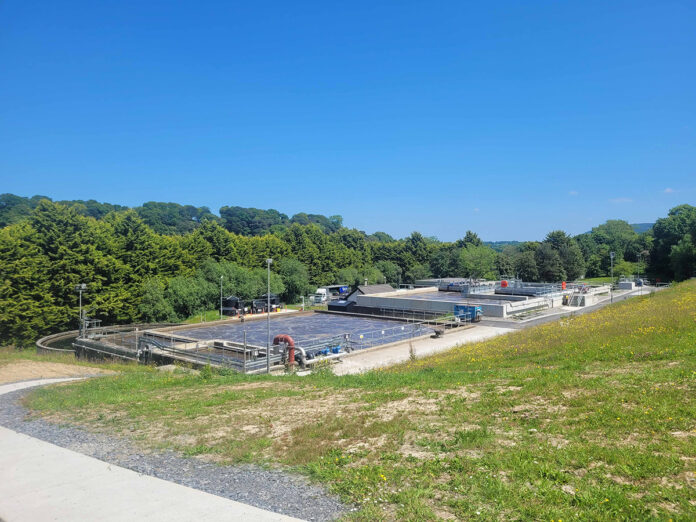
16 towns and villages were identified in the Environmental Protection Agency’s ‘Urban Wastewater Treatment in 2023’ report, as discharging raw sewage daily in mid-2024, because their public sewers were not connected to treatment plants. These included 2 areas in county Cork, namely Ballycotton and Whitegate – Aghada.
The report, released on Friday, highlights progress in wastewater treatment, including a 45 per cent reduction in the number of towns and villages discharging raw sewage, since the start of 2023 (19). Nevertheless, wastewater treatment at many areas is not good enough to prevent wastewater discharges from impacting the quality of rivers, estuaries, lakes and coastal waters. Dates provided by Uisce Eireann in June 2024 for the completion of works at both Cork plants, was set at 2024. Based on the latest plans, six more towns and villages are scheduled to receive treatment before the end of 2025 and all the remaining areas will have treatment in place by 2030.
PROGRESS TOO SLOW
Despite the recent progress, raw sewage from the equivalent of 40,000 people in 16 towns and villages still discharges into seas and rivers every day because these areas do not have treatment plants. Uisce Éireann is implementing plans to provide treatment by 2025 for six of the towns and villages discharging raw sewage. These include Arklow, which currently generates almost half the raw sewage discharged in Ireland every day.
RATHCORMAC FAILS QUALITY STANDARD
Treatment at 10 large urban areas did not meet the mandatory treatment and effluent quality standards in the Urban Waste Water Treatment Directive in 2023, including at Rathcormac and Cloyne in county Cork
PRIORITY COLLECTING SYSTEMS
Collecting systems at six large urban areas, including Fermoy (and due to be completed this year), must be upgraded as a priority to protect the environment and address the findings of a judgement from the Court of Justice of the European Union. In 2019 the Court declared Ireland had failed to ensure wastewater collected in sewers at these areas was retained and conveyed for treatment.
Uisce Éireann estimates the improvement works at the two of the areas identified, Midleton and Cork city, will be completed in 2029 and 2035 respectively. Upgrades to two other collecting systems are scheduled for completion between 2024 and 2025, while the utility company upgraded two of these collecting systems in 2023, but must provide evidence to demonstrate these systems now meet national and European Union standards. These lengthy delays put Ireland at risk of fines for not resolving the Court’s 2019 judgement.
FRESHWATER PEARL MUSSELS
Freshwater pearl mussels are critically endangered molluscs that need clean, free flowing, well oxygenated rivers and a clean river bed – they have been identified as having habitat on the River Blackwater.
The EPA has identified 12 towns and villages, including Castletownroche and Mallow, where wastewater treatment must improve to protect freshwater pearl mussel habitats. Here, improvements carried out and monitoring is ongoing to assess if these improvements have satisfactorily resolved the risks to freshwater pearl mussels.
In a statement this week in relation to this, Uisce Éireann stated that ‘in all cases’, it has ‘identified planned improvement or corrective actions to address the issues. Once these works are completed Uisce Éireann will do a Freshwater Pearl Mussels (FWPM) Assessment in order to demonstrate that the upgraded asset is not having an impact on the FWPM’.
PRIORITY AREAS
All deficient wastewater works must be brought up to the standards required to protect the environment but, based on Uisce Éireann estimates, this could take over two decades and will require substantial investment. As it is not possible to fix all the problems in the short term, improvements must be prioritised where they are needed most.
The EPA has identified 73 priority areas where improvements in wastewater treatment are most urgently needed to protect our environment. The report states that the utility company ‘can deliver significant benefits for the environment by the end of its next investment cycle in 2029 by targeting resources to improve treatment at the priority areas highlighted by the EPA in this report.’ However, Uisce Éireann has not yet started upgrade works at half of these.
The full report is available on the EPA website.








